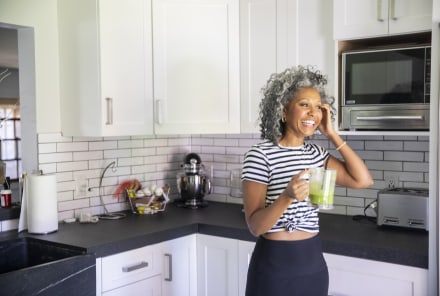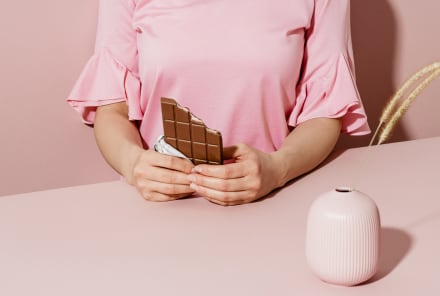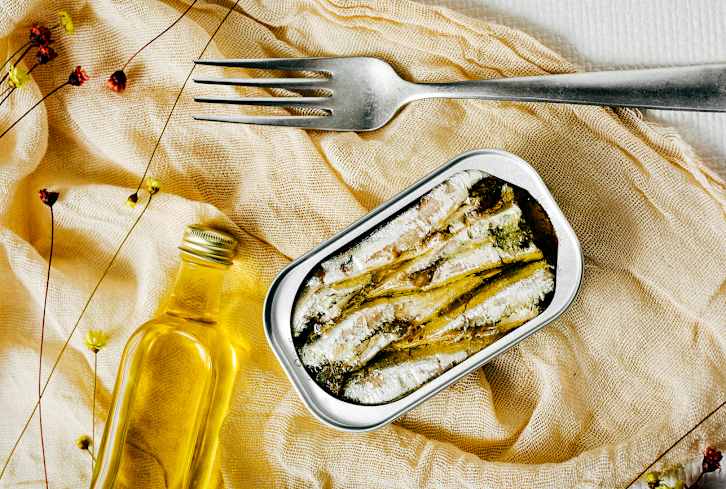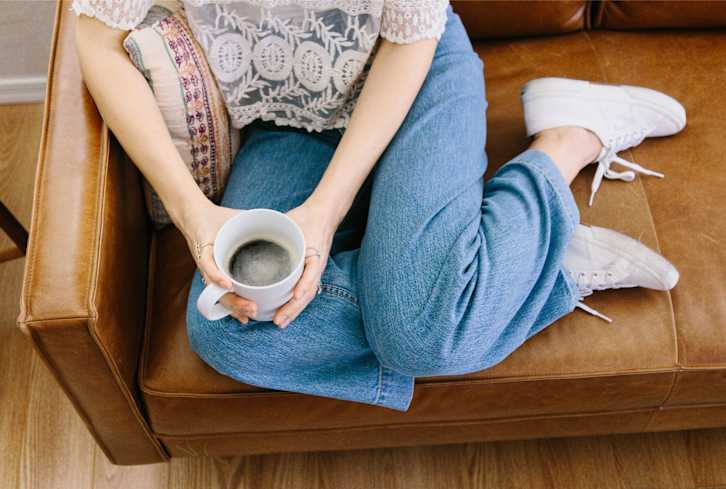Advertisement
How To Make Your Own All-Natural Vaginal Lubricant

Your vagina is essential for life. I've made this announcement at international medical conferences with more than 400 male physicians in attendance. Their reaction: some laughs and many eye rolls! Regardless, it is true. We wouldn't be here if women didn't have vaginas. Our children's lives begin there. Sexual pleasure and bonding happen there. The vagina is also a window into our overall health, revealing pH, hormone imbalances, gut problems, and much more. The vagina, and indeed the whole vulvar area, is a key aspect of our femininity and should be embraced as such—not ignored or neglected. After your hormones begin changing, your health "down there" starts changing. Even though you might be embarrassed to talk to your gynecologist about this (don't be—we've seen and heard it all), you can't afford to ignore the changes.
Maybe you can relate to Julie, a 57-year-old teacher. She was really struggling at this time of her life. She felt her second marriage was about to fall apart. She had zero sex drive. She told me, "And what's worse, I leak urine when I try to exercise." She also leaked urine when she coughed or sneezed, and the urgency was restricting her love of "just doing stuff."
After further questioning, I learned that she also suffered with vaginal dryness and irritation after sex: "the few times we've had it in the past year" and a total lack of energy. As she said, "My get-up-and-go got up and left!"
Like Julie, you, too, may be going through age- and hormone-related changes that are interfering with sexual functioning, leading to vaginal dryness, libido problems, and bladder struggles. Good news: The right nutrients, a healthy lifestyle, and targeted natural remedies can prevent or relieve the most common ailments associated with vaginal changes. That's why we've got to talk about how to handle the vaginal issues you're facing, and learn how to stay healthy—and sexy—for years to come.
Down-there dryness
With menopause and natural aging, your vagina slows down production of its normal, healthy secretions. You're dry "down there," and often it's difficult or painful to have intercourse. But once you take action to resolve dryness, you'll feel sexually reborn and your libido will return.
1. Minimize toxic exposures to your delicate lady parts.
One of the most common causes of vaginal and vulvar irritations is related to the wide variety of personal care products we may use such as bubble baths, perfumed soaps, fragrances, feminine wash, and personal lubricants. These can all be very irritating. They may cause allergic reactions and may even expose you to nasty hormone-disrupting chemicals, so please read labels and be aware of ingredients such as parabens. Tampons, liners, and pads can also be laden with hormone-disrupting chemicals and GMOs. They can also cause tissue trauma and irritation.
2. Include essential fats and probiotics in your diet.
By following the Keto-Green Diet and lifestyle, you'll automatically be feeding your body these vital nutrients. This diet includes healthy fatty foods such as salmon (wild-caught), oysters, eggs from free-range chickens, avocados, organic butter from free-range cows, and olive oil—all of which help your body naturally create hormones. Eat fermented foods, such as sauerkraut, and cultured foods, such as Greek yogurt (if you eat dairy), which are rich in probiotics, and supplement with a good probiotic. Probiotics support healthy bacteria in your vagina.
3. Use natural lubricants and vaginal moisturizing creams.
Nonhormonal vaginal lubricants and moisturizers help reduce dryness. Lubricants are applied just before sex; moisturizers are applied more regularly, for longer-term relief. Both are helpful, but they do not "cure" vaginal dryness and other symptoms of atrophy. Even so, consider natural options like Good Clean Love and Yes products. Both are paraben-free with clean ingredients and come in both water-based and oil-based options.
There are also natural lubricant solutions, including organic coconut oil, ayurvedic ghee (ghee infused with certain herbs), or an organic lubricant. These do not contain the additional chemicals but offer satisfactory moisturizing benefits.
Make Your Own Vaginal Lubricant
Ingredients:
- ¼ cup fractionated organic coconut oil (a liquid coconut oil that has had the longer-chain fatty acids removed; check the label)
- ¼ cup aloe gel
- 1 to 4 drops essential oil*
Directions:
Combine all ingredients in a glass jar. Shake well.
Keep by your bedside, and use as much as desired prior to and during intimacy or with intimate massage.
* A few essential oils that I like to mix in with my DIY lubricant, and ones shown to soothe vaginal tissues, include clary sage, Roman chamomile (Anthemis nobilis) or Cape chamomile (Eriocephalus punctulatus), rose, lavender, frankincense, and sandalwood. A word of caution: Never apply essential oils directly on the vaginal or vulvar skin. Always use a carrier oil or the recipe above, and before using in the vaginal area, test on your inner arm skin first for signs of irritation.
Adapted from The Hormone Fix copyright @ 2019 by Dr. Anna Cabeca. Published by Ballantine Books an imprint of Random House Books.


















